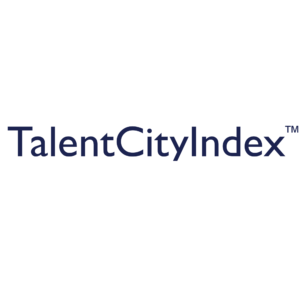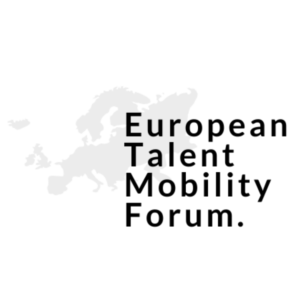Pre-conception #2: ‘Employers are the demand side’
A 6 part article series by Nicole van Haelst
Whose side are you on?
The labour market is a crowded place. With talent and all kinds of professionals actively involved in delivering and matching talent to (future) work: educational or knowledge institutions, (HR and recruitment of) employers (small – medium – large) and Education & Social Affairs of government at the local, regional or national level. Politicians too. The scope of work relates to (aspects of) aligning the supply of and demand for talent, both in terms of numbers and the right quality of skills. The question ‘who is the demand side?’ creates lively discussions and stakeholders involved are looking for their most meaningful role. Place Leaders are most wanted to instigate closer attunement and settle market imperfections. Anyone?
Employers are the demand side
An idea that’s both true and false….
Why false? In the war for talent, talent has won. They seize opportunities that fit their personal perceptions of an attractive life-career best. And so, in a labour market context, particularly with high levels of scarcity in critical profiles and skills, talent is the demand side whilst employers and the educational institutes are on the supply side. On the other hand, in a broader ecosystem context – in which labour market alignment is just one of the topics – the conception ‘employers are in demand’ is true. Both (international) talent and businesses (in their role of employer, amongst others) are the customers whilst the government and other local service providers should be regarded as ‘enablers’, suppliers.
Customer in the Center!
The two-sided / two sides terminology is conflict prone. One of the tasks at hand is to help tackle this intricate role discussion in an elegant way and tweak the dialogue towards the center: the optimal customer journeys for both talent and business. A fine role for the government to take on and clear the suboptimal features of the market. As an orchestrator. The bad news is that the challenge is a complicated one and so is the solution. It requires a (more) profound customer centric approach which equals a systemic change, to a certain degree. And we know from experience that these kind of changes need hard work, time, room for experimentation, data to prove concepts and a lot of endurance. A marathon. Implications for the public sector include having to work differently – internally and externally.
Internally, the human capital agenda crosses disciplines and departments including economic affairs, education, social and international affairs, to just mention a few. The multi-stakeholder context has turned agenda setting into a very complex exercise. Managing external relations needs adjustment too. It will be necessary to gain (even) more insights into customers’ expectations ánd perceptions for example regarding public account management. And that’s not all. The monitoring process must include a mechanism to translate the data gathered into proposals for improvement, to arrive at services and support that actually aligns better with their needs. Here, pragmatism is priceless: act, test and adopt. The good news is that the ingredients for more fruitful and fun (!) relationships are often there and ‘just’ require some alternative ways of cooking. To the professional Place Leader facing this new challenge, you’ve got this!
Next generation Place Leadership
The fulfilment of the roles of ‘customer’ and ‘enabler’ sometimes needs a bit of coaching, a sparring partner. Understandably because it is super challenging and changing all the time. The current high levels of scarcity on the labour market require a role from the government that was not preferred nor appreciated before. More recently, it has become clear for example that by adding ‘place assets’ to the employer brand, talent might be won over for that critical position in the competition with a similar opportunity elsewhere. Opportunities for co-creation at its best. As regards the practice of remote working, the stakeholders may collaborate more to gauge and address the implications for taxes, impact on private and corporate real estate needs and the specific proposition to attract & retain remote workers.
A client in Norway recently shared: ‘We need to renew ourselves in relation to the way we work. That requires leadership that is ready for change. Someone must come in and help us with how we work differently internally and externally. The public sector needs to change how they work with the private sector. From green transition to circular economy, UN SDGs etc…. but are we organising ourselves in a way to do it right?
To conclude, the need for smart(er) collaboration between governmental agencies and the private sector is also seen when discussing how to increase access to talent and skills short term. Education needs time to adjust curricula and cannot respond to the (changing!) demands for talent by the end of business day. Moreover, initial education delivers juniors whilst mid career or senior profiles may be most scarce….. Collaborative talent attraction – ie. creating talent pools with a joint effort by both public and private stakeholders – could be the perfect answer here. To grow our capabilities and generate impact, attracting and retaining more senior talent from other regions, sectors and abroad cannot be missed.
Read part 1 of the series here: ‘Talent = Student or Top Performer’
Read part 2 of the series here: ‘Employers are the demand side’
Read part 3 of the series here: ‘We know best why we are an attractive place’
Read part 4 of the series here: ‘Government & Talent Agenda: They shouldn’t, they couldn’t’
Read part 5 of the series here: ‘Hires is all that counts’
Read part 6 of the series here: ‘Place is less relevant’








